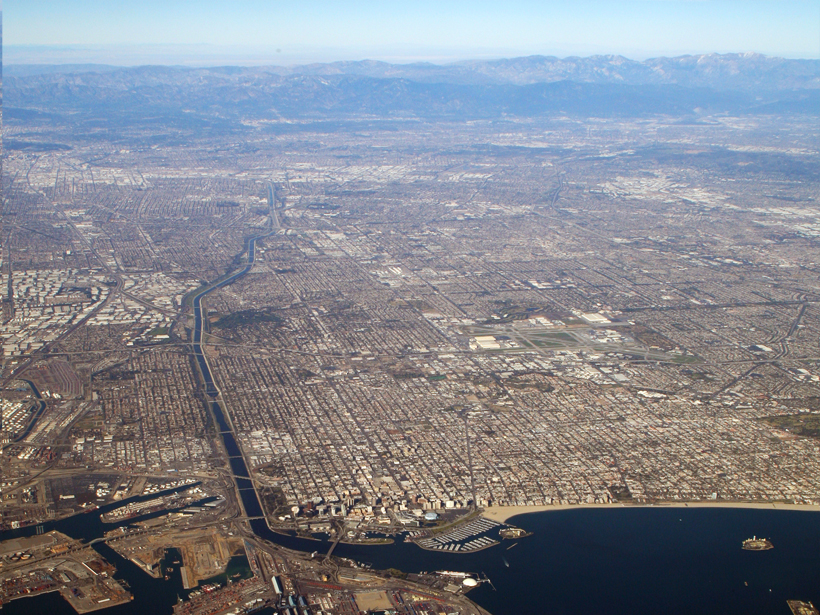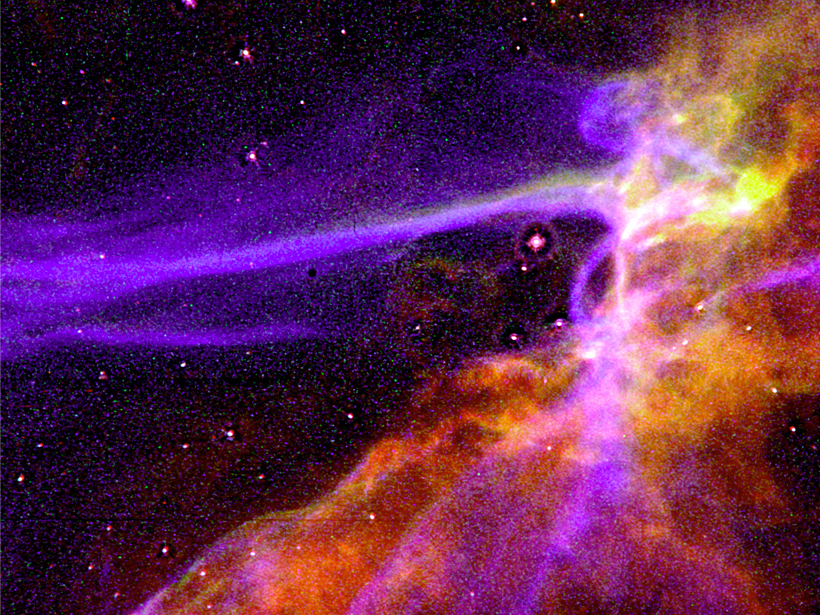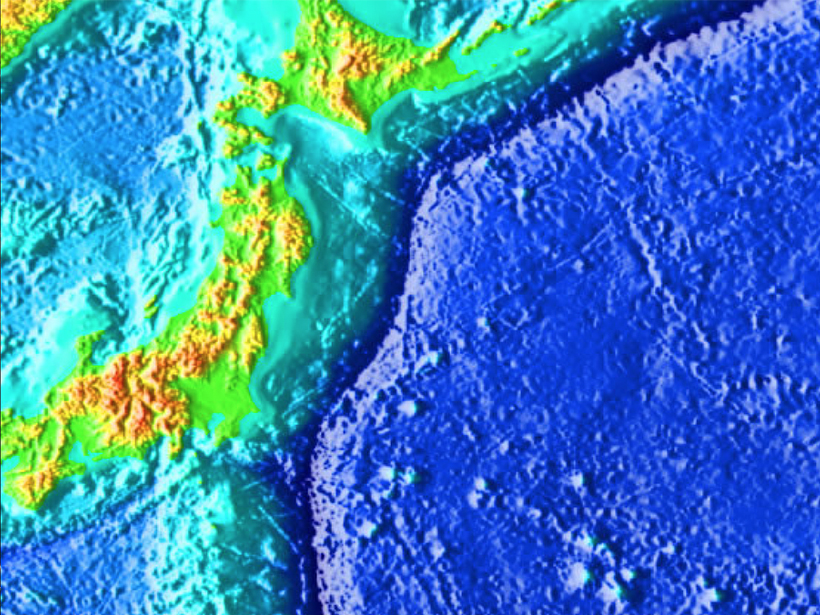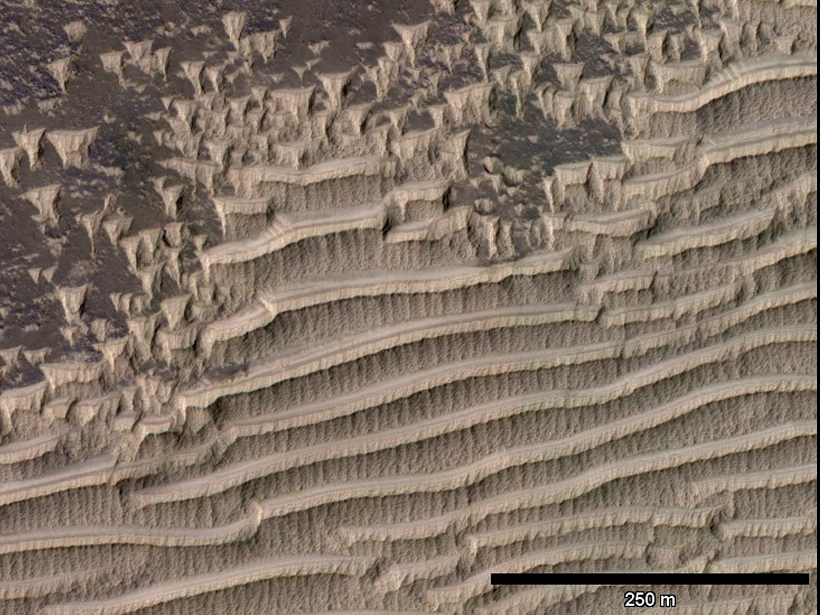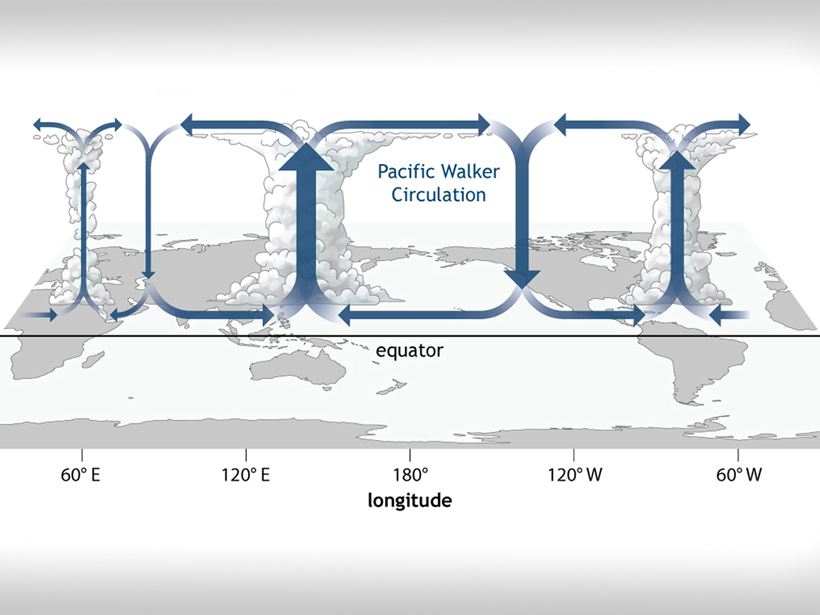Scientists use noise data collected at the Long Beach dense array to measure elusive high-frequency surface waves.
C. Minnehan
Freelance Writer
Correlating Monsoon Strength with Boron Isotopes
Scientists tell the story of the past monsoon by measuring boron isotopes in organisms in the Arabian Sea.
Magnetized Collisionless Shock Waves Measured in the Lab
Scientists create collisionless shock waves to better understand the phenomenon in nature.
Bending Plate Provides Unexpected Heat Source
Scientists discover the causes for heat flow anomalies near the Japan Trench.
What Formed These Curious Ripples on Mars?
Dunes, ridges, or something else? Scientists seek to understand the origins of transverse aeolian ridges.
Spacecraft Records Rising-Tone Magnetosonic Waves
A rising tone in wave frequencies suggests a complicated, nonlinear series of interactions between electromagnetic sound waves and protons near the magnetic equator.
Rethinking How Tropical Convection Works
Researchers look at previous Walker circulation models and ask, Does damping truly matter?
Newly Discovered Properties of Elusive Gamma Ray Flashes
The properties of terrestrial gamma ray flashes have eluded scientists for years. This new study sheds light on how they originate.
How Did the Moon Get Its Shape?
Scientists find a solution to a 200-year-old problem: syncing the prominent bulges on the Moon with our natural satellite's origins.
Survey Shows Where Arctic Marine Bird Populations Thrive
"Hot spots" of species richness currently include the Bering Sea, Lancaster Sound, Baffin Bay, and Davis Strait. Will this change as sea ice melts?

